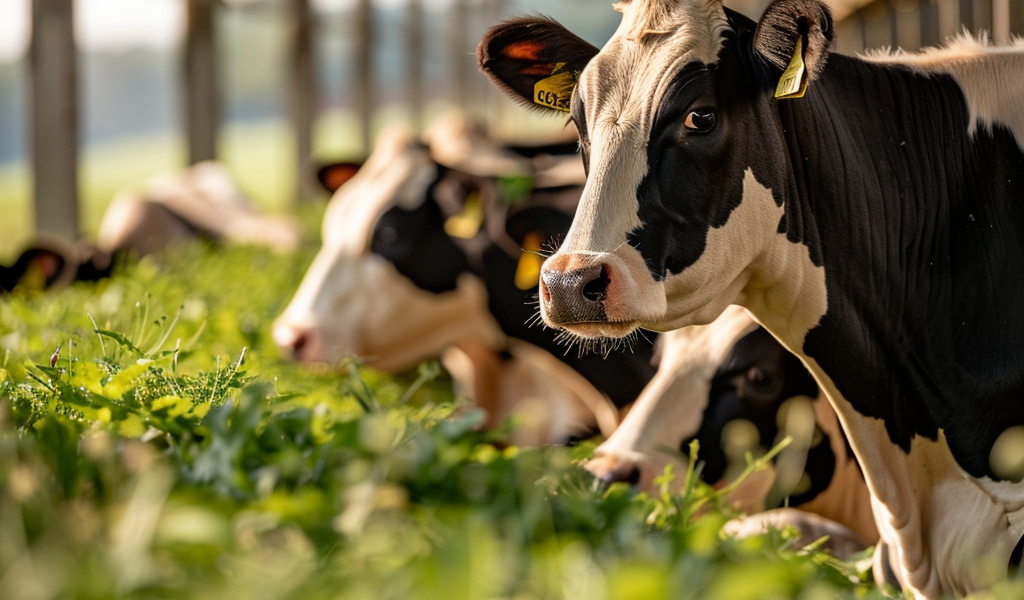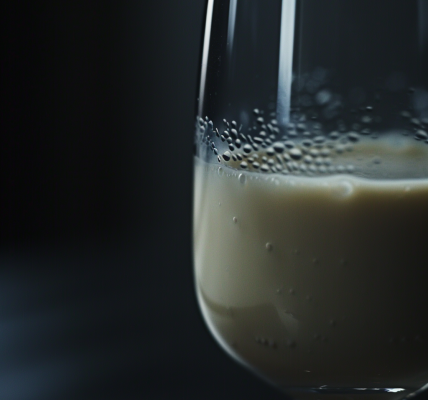A recent outbreak of bird flu has spread to dairy cows in the United States, affecting over two dozen herds across eight states. The virus, identified as Type A H5N1, has been found in cattle for the first time, raising concerns about food safety and production.
Health officials emphasize that the risk to the public is minimal, and the nation’s food supply remains secure. Despite the spread of the virus to farm animals, authorities assure consumers that there is no immediate threat to human health or the safety of dairy products.
States Affected by Bird Flu in Dairy Cows
The bird flu strain has been detected in dairy herds in Idaho, Kansas, Michigan, New Mexico, North Carolina, Ohio, Texas, and South Dakota. While the virus has previously affected wild birds, its transmission to cattle is a new development. However, genetic analysis indicates that the virus has not mutated to facilitate human-to-human transmission, according to the U.S. Centers for Disease Control and Prevention.
Impact on Food Production
Agricultural authorities in 17 states have imposed restrictions on the import of dairy cattle from affected regions. Despite these measures, there has been minimal disruption to milk production. Farmers are monitoring cows for symptoms of infection, such as decreased milk yield and lethargy, and isolating affected animals to prevent the spread of the virus within herds.
While millions of birds have been culled due to bird flu outbreaks in chickens, the FDA assures that the likelihood of contaminated eggs entering the market is low. Stringent federal inspections and safety protocols are in place to safeguard the food supply chain.
Pasteurization and Bird Flu
Experts confirm that pasteurization effectively eliminates the bird flu virus from food products. There is no evidence to suggest that consuming pasteurized dairy products poses a risk of contracting the virus. Consumers are advised to follow standard food safety practices and rely on established regulatory mechanisms to ensure the quality and safety of dairy products.





